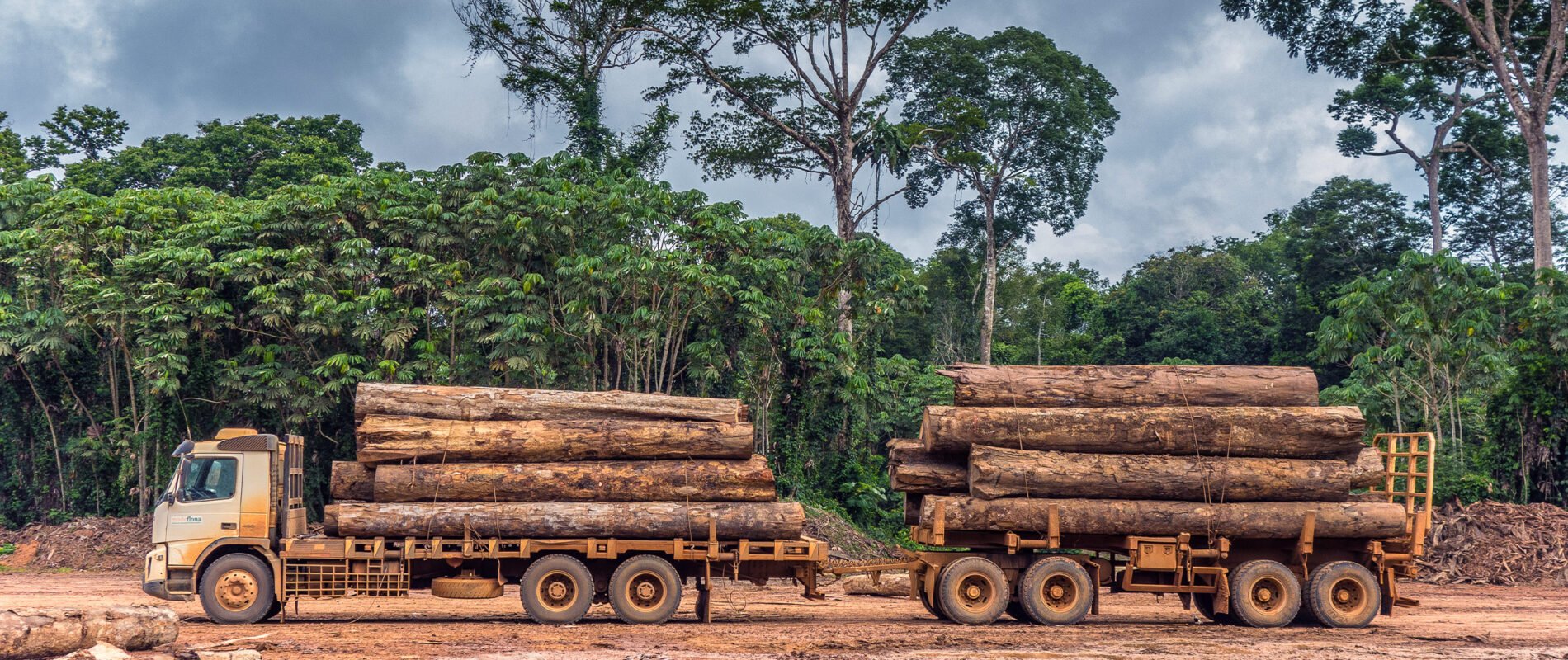In May, the global lumber market witnessed a notable development as the price for lumber exported from Brazil increased by 4%. This rise in price highlights several key factors influencing the market dynamics and underscores Brazil’s significant role in the global lumber industry.
Understanding the Price Increase
The 4% increase in the price of lumber exported from Brazil can be attributed to multiple factors:
Supply and Demand Dynamics:
- Increased Global Demand: With economies rebounding post-pandemic, construction and home improvement projects have surged, leading to a higher demand for lumber.
- Limited Supply: The supply chain disruptions caused by the COVID-19 pandemic and environmental regulations have constrained the availability of lumber, pushing prices upward.
2. Environmental Regulations:
- Stricter environmental policies and regulations in Brazil have impacted logging activities. While these measures are crucial for sustainable forestry management, they also reduce the supply of lumber, contributing to price hikes.
3. Currency Fluctuations:
- The exchange rate fluctuations between the Brazilian real and other major currencies, particularly the US dollar, have also played a role. A weaker real makes Brazilian exports cheaper for foreign buyers, increasing demand, and thereby affecting prices.
4. Logistics and Transportation Costs:
- Rising fuel prices and logistical challenges have led to increased transportation costs. These additional costs are often passed on to the end consumer, reflected in the higher export prices.
Impact on the Global Market
Brazil is one of the world’s largest exporters of lumber, and changes in its export prices can significantly impact the global market. The 4% price rise in May is likely to influence various stakeholders, including:
- Construction Industry: Higher lumber prices can increase the overall cost of construction projects, potentially leading to higher housing prices.
- Retailers and Consumers: Retail prices for lumber and wood products may rise, affecting consumers planning home renovations or DIY projects.
- Other Exporting Countries: Competing lumber exporters might adjust their prices in response to Brazil’s market position, influencing global price trends.
Sustainable Forestry and Future Outlook
The emphasis on sustainable forestry practices in Brazil is a crucial aspect of the lumber industry’s future. As the world moves towards more environmentally conscious practices, the balance between supply and sustainability will continue to shape the market.
Looking ahead, the global demand for lumber is expected to remain strong, driven by ongoing construction activities and the growing trend of wooden architecture. However, market participants must stay vigilant to the factors influencing prices, including environmental policies, economic conditions, and international trade dynamics.
Conclusion
The 4% increase in the price of lumber exported from Brazil in May serves as a reminder of the complex interplay between supply, demand, and environmental considerations in the global lumber market. As stakeholders navigate these challenges, the focus on sustainable practices and efficient supply chain management will be crucial in ensuring a stable and resilient lumber industry.
For more updates on market trends and industry insights, stay tuned to our blog.


